Let’s start with a brief overview…
The broadcasting of sports events began with descriptions of the play sent by telegraph in the 1890s.
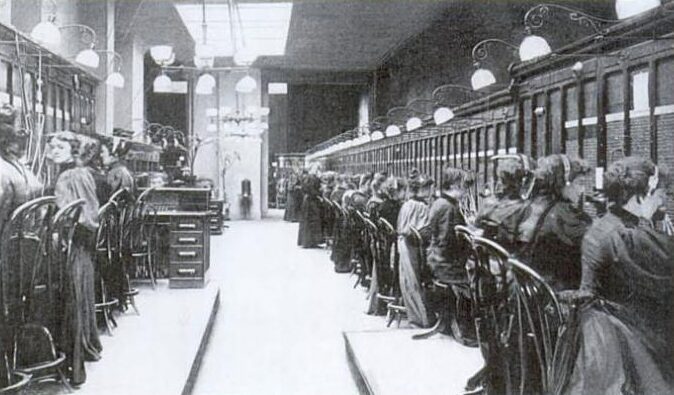
The first voice broadcast of a sporting event took place in the USA in 1921. It was in the late 1920s when the BBC made the world’s first television broadcast.
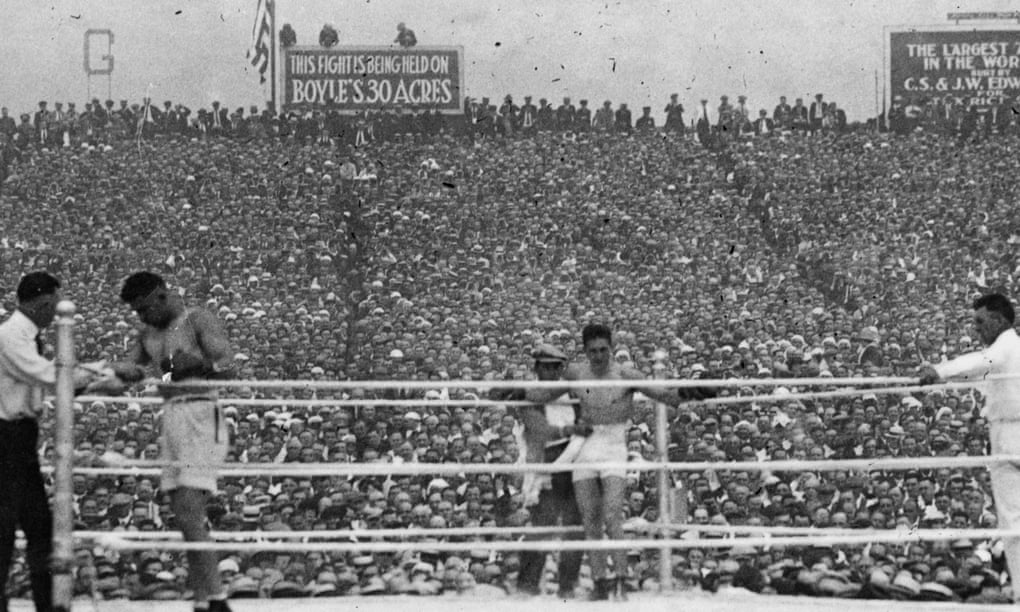
In 1936 the summer Olympics in Berlin were broadcast to the athletes in the Olympic village as well as special viewing rooms in Berlin.
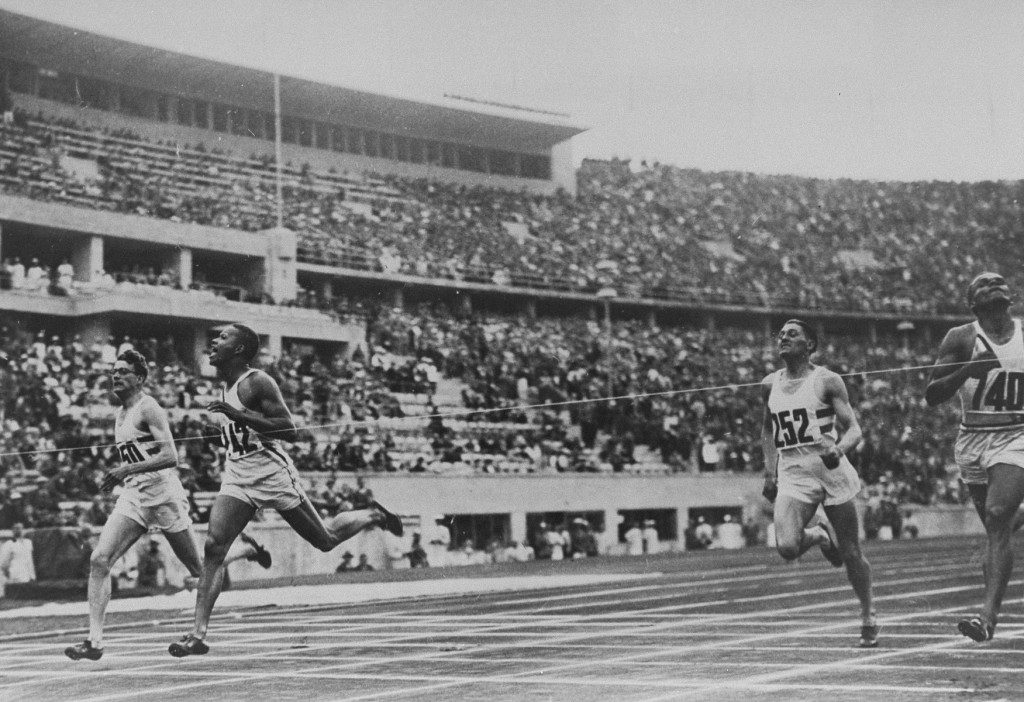
It’s been almost 30 years exactly since the first sequential live image broadcast on the internet (otherwise known as webcast). This took place at the University of Cambridge. Interestingly, the staff conjured this concept to monitor the level of the coffee pot.


Little did they know at the time that this would be the birth of a new industry. An industry that would create individual and generational wealth as far down the line as 2021. In truth, this was the salvation of many businesses during the Covid lockdown.
Progress over the past 20 years has been significant. We have seen incredible growth and technological advancements in the broadcasting sector. Yet most live event professionals will advocate for in-person events over virtual events.
Or do they?
If we look at moments in history that changed the way we do things, you will find a compelling argument about why virtual and hybrid are a cultural shift in the way we will produce events in the future…
Before the internet. the printing press (developed in 1440) rapidly sped up the democratisation of knowledge. The Gutenberg press by 1600 had printed over 200 million books, helping spark the age of enlightenment by making books affordable to the lower classes.

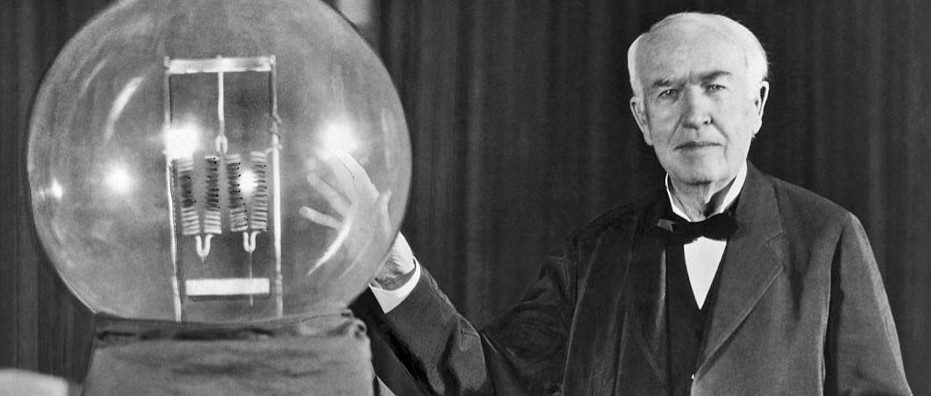
Before 1879, society was almost totally reliant on daylight. It wasn’t until the first patented long-lasting light bulb that we were liberated from the darkness. Thank you, Swan and Edison. This lightbulb paved the way for a myriad of electric inventions due to the infrastructure of cabling that was installed.
Henry Ford never said that people wanted faster horses, “what they want is less horseshit”
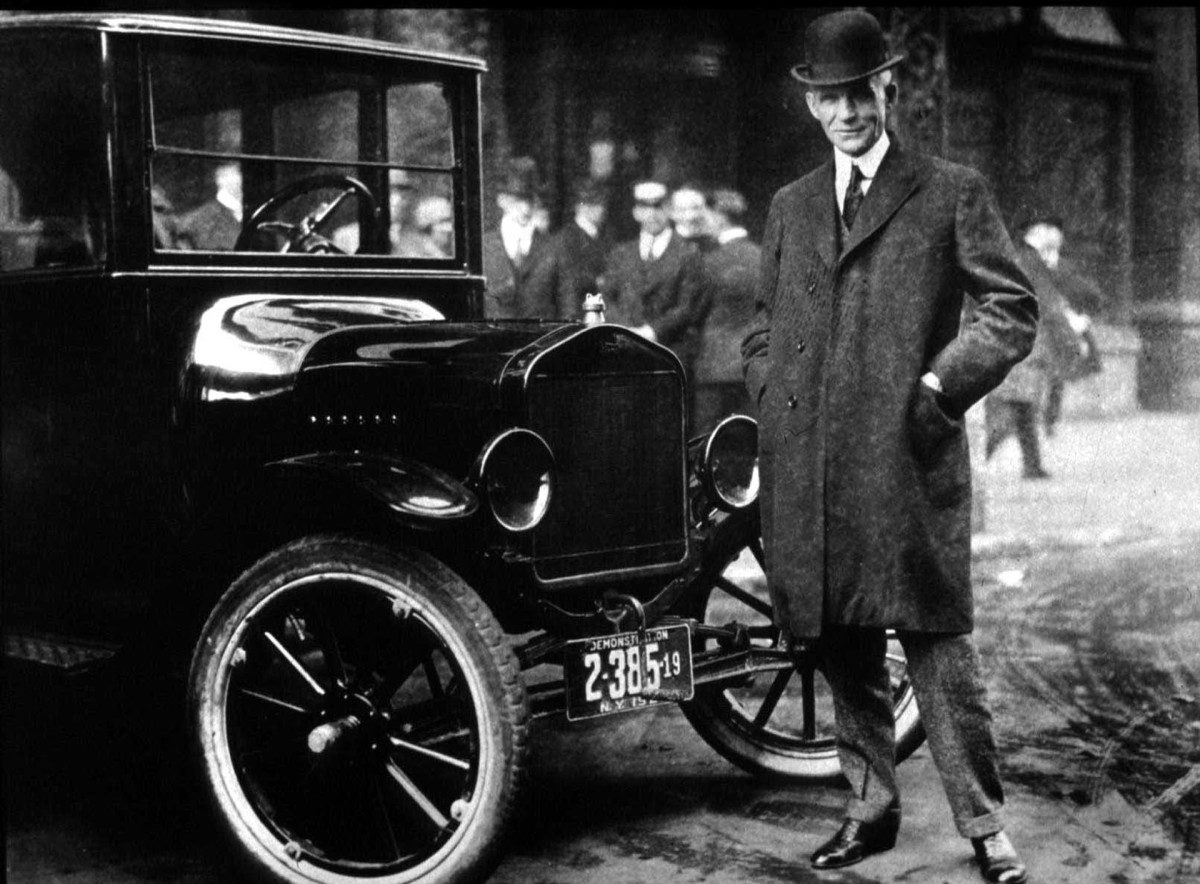
The human desire to drive forward…
This doesn’t necessarily bear relevance to the shift we are currently experiencing in the event space. But, there are similarities in the human desire to drive forward with creative and innovative thought and tackle issues like carbon footprint, sustainability, and waste control at the same time.
Through the darkest hours of this pandemic, there was always a faint glimmering light of hope and resilience.
Innovation in the virtual space ramped up faster than one could imagine. Creative new ways of streaming a show developed. Warehouses became broadcast studios, New platforms were created to suit specific client requirements. New skills were learned by all in how to become a presenter or a moderator. Before the pandemic, video calls were considered unnecessary! This has completely changed now.
Over the past 26 years that I have been in the industry, only the past 12 years saw Perception broadcasting events to audiences over the internet.
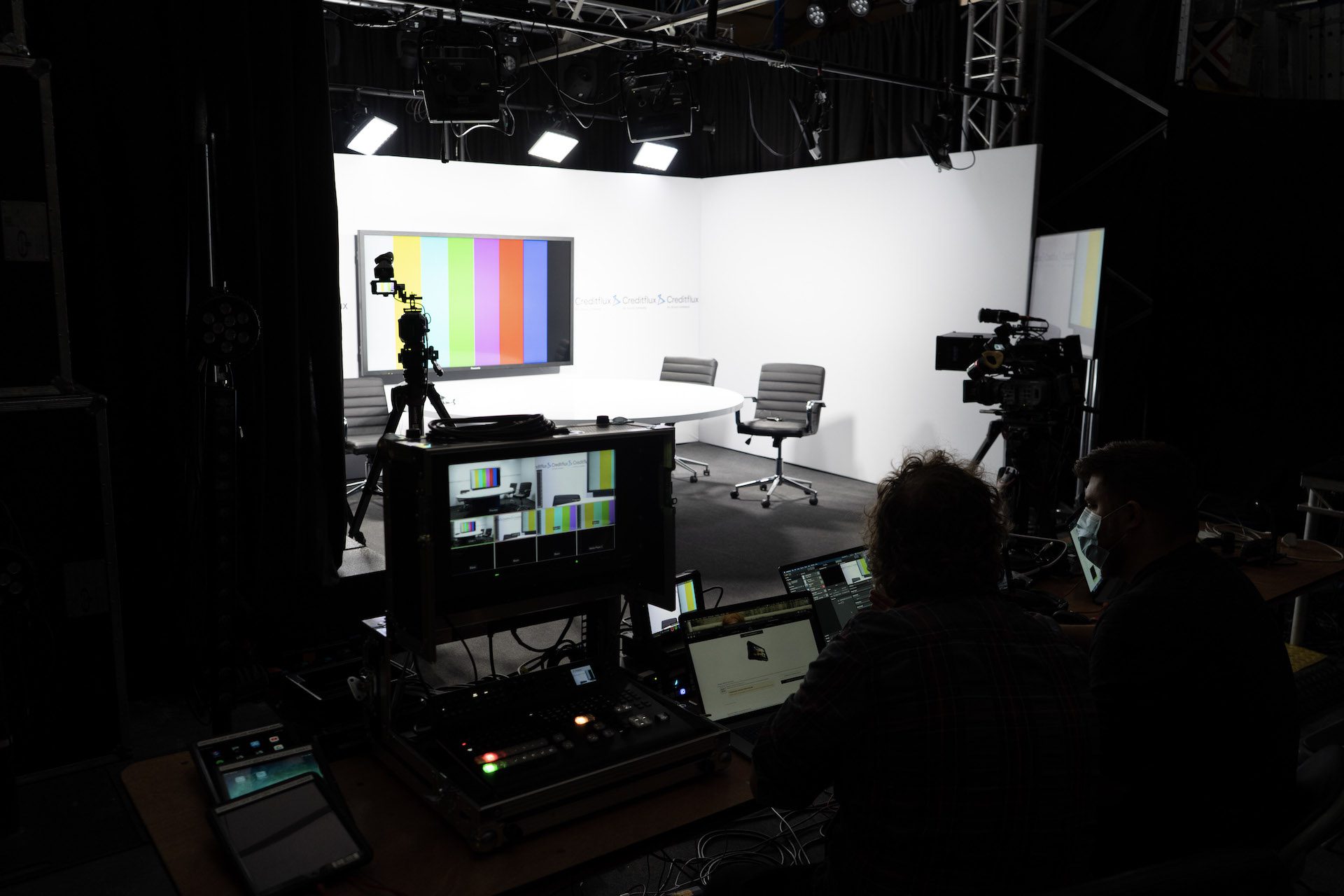
Broadcasts, usually overshadowed by the in-person event, were only recorded for archiving purposes. Certain clients started to notice the benefit of online reach and scalability.
If they took their content and broadcast it live or on-demand, this would increase revenue. It would also increase their exposure. Even so, this was still a touch sell – much like the then laughable concept of the internet itself in the early 1990s.
It is only after this global pandemic locked down the entire planet, that we realise the true value of broadcasting over the internet. But does virtual value transfer to all sectors within the event industry?
Does an entertainment-driven event have the same appeal, reach, and financial reward as education or information-driven events when broadcast online?
Running a successful hybrid event…
Let’s look at what the pros and cons are in running a successful hybrid event. Then we can dig down into what sectors suit either a virtual, in-person, or hybrid event.
PROS
- Increased reach and attendance
- Potential higher engagement
- More revenue sponsorship opportunity
- Reduced environmental impact
CONS
- Additional expenses
- Split audiences
- More labor-intensive
- Unchartered in certain sectors
How do we look at the above and decide whether we should be doing virtual, in-person, or hybrid events for our specific needs?
The first measure must be the cost.
An in-person event comes with associated costs:
- Venue hire,
- Catering,
- Technical production,
- Labour,
- Printing and much more.
Virtual events also have their own specific set of costs:
- Platform membership,
- Streaming costs,
- Technical production,
- Labour and more.
A virtual event still requires an incredible amount of planning, technology, and labour to produce. It can not be assumed that it is by any means simple. There is a perception within the market that Zoom can facilitate any and all virtual event needs. This is very definitely not the case!
Both the in-person and virtual elements of your event should be looked at as independent business modes. A profit and loss sheet should be drawn up for each thus defining viability.
If both the in-person and the virtual offerings are profitable on paper, then consider running a hybrid event.
Have a discussion with your production team about cost-saving areas. Should you decide to run a hybrid event, there are often areas of saving with good planning.
For example:
A multi PTZ camera rig and an operator can save you significantly over a traditional broadcast camera and operator option. (T’s & C’s apply)
Simply reaching a wider audience isn’t a reason to add a virtual offering to an in-person event or vice versa.
Engagement is critical. Whether we are able to entertain and manage two engaged audiences is solely down to your content and presenting team. It is also essential that the audiences have the ability to take part in the event but also re-visit the content at their own pace should they desire to.
Lastly, the addition of sponsorship can also add great value to both sides of the coin, not just financially but also in added value. (More on sponsorship to come in next month’s blog post)
Types of events and our sector suitability scale:
The below table is purely in our experience and opinion
| TYPE OF EVENT | IN-PERSON | VIRTUAL | HYBRID |
| Conference | Yes | Yes | Yes |
| Networking | Yes | Difficult but do-able is social environments like Clubhouse | No |
| Trade Shows | Yes | No | No |
| Seminars | Yes | Yes | Yes |
| AGM’s | Yes | Yes | Yes |
| Award Ceremonies | Yes | Not ideal | Yes, to those that cannot attend but is typically an expense rather than a revenue generator |
| Team building, Workshops | Yes | Yes | No |
| Company party | Yes | No | No |
| Product or service launch | Yes | No | No |
| Weddings | Yes | No | Yes |
| Festivals & music concerts | Yes | No | Yes |
| Parties | Yes | No | No |
| Exhibitions | Yea | No | No |
| Charity events | Yes | Yes | Yes |
| Sports and competition | Yes | No | Yes |
| Fashion shows | Yes | Yes | Yes |
| Red carpet & VIP experiences | Yes | No | Yes |
As a whole, the purpose of this blog was to point out that Hybrid events have been taking place for quite some time. It is up to us to take the experience of a Hybrid event to the next level. We must show our clients the value of creating a legacy of repurposed content for future generations to learn from and get creative with.
What are your thoughts on the above topic?
We would love to hear your opinion and your experiences on this subject. Please do get in touch and let’s open dialogue and all educate one another in this new event landscape.
Email [email protected] and let’s get the conversation going.


